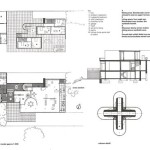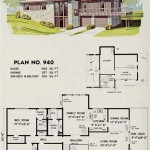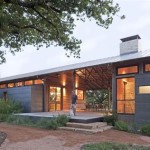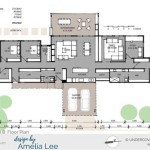British Colonial House Plans: An Architectural Legacy
British Colonial architecture represents a fascinating blend of European design principles adapted to the climates and materials of various colonies throughout the world. From the Caribbean to India and Southeast Asia, these structures reflect a unique period in history and continue to inspire residential design today. This article explores the key features and variations found in British Colonial house plans.
One of the most distinctive features of British Colonial architecture is the adaptation to local climates. In tropical regions, this meant maximizing ventilation and shade. Elevated foundations, large verandas, and high ceilings were common features designed to promote airflow and keep interiors cool. Wide eaves offered protection from the sun and heavy rains. Building materials often included locally sourced timber, stone, and thatch, reflecting the natural environment and reducing reliance on imported materials.
The architectural style often borrowed elements from the classical European tradition, reflecting the colonial power's cultural heritage. Symmetry, grandeur, and ornate detailing were sometimes incorporated, particularly in government buildings and grand residences. However, these classical influences were often simplified and adapted to suit the local context. The resulting hybrid style combined European elegance with practical considerations for tropical living.
Regional variations in British Colonial architecture abound. In the Caribbean, for instance, houses often featured jalousie windows with adjustable louvers to control ventilation and light. "Gingerbread" trim, characterized by intricate fretwork and decorative elements, became a popular embellishment. In India, the British Colonial style incorporated elements of Mughal architecture, such as arches, domes, and intricate stone carvings. In Malaya and Singapore, the "black and white" houses, named for their dark timber frames and whitewashed walls, became a signature style, utilizing steep roofs and extensive verandas.
Modern interpretations of British Colonial house plans continue to be popular. These designs retain the core principles of ventilation, shade, and adaptation to the environment while incorporating contemporary amenities and design elements. Open floor plans, large windows, and natural materials are often used to create a bright and airy living space. The emphasis on outdoor living, a hallmark of the original colonial style, is also preserved through spacious verandas, patios, and balconies.
Several key features are often incorporated in contemporary British Colonial house plans. Large, strategically placed windows maximize natural light and ventilation. High ceilings contribute to a sense of spaciousness and allow for better airflow. Verandas, often wrapping around multiple sides of the house, provide shaded outdoor living areas and protect the interior from direct sunlight. These design elements combine to create comfortable and functional living spaces well-suited to warm climates.
The use of natural materials is another characteristic of contemporary British Colonial design. Timber flooring, exposed beams, and stone accents are often incorporated to create a warm and inviting atmosphere. These materials not only complement the architectural style but also contribute to the sustainability of the design, reflecting a growing awareness of environmental considerations.
When considering British Colonial house plans, it is essential to consider the specific climate and site conditions. The orientation of the house, the size and placement of windows, and the type of roofing materials used should all be carefully chosen to maximize comfort and energy efficiency. Consulting with an architect experienced in this style can ensure that the design is appropriate for the local context and meets the specific needs of the homeowner.
The enduring appeal of British Colonial architecture lies in its ability to blend elegance with practicality. These homes offer a sense of history and tradition while providing comfortable and functional living spaces adapted to warm climates. By understanding the key features and regional variations of this architectural style, individuals can appreciate its rich history and consider its potential for contemporary residential design.
Exploring historical examples and architectural resources can provide valuable insights into the nuances of British Colonial design. Examining photographs, floor plans, and historical accounts can help individuals understand the evolution of this style and identify specific features that resonate with their personal preferences. This research can serve as inspiration for creating a home that reflects the timeless elegance and practicality of British Colonial architecture.
Adaptability remains a key strength of British Colonial design. While the core principles of ventilation, shade, and connection to the outdoors are essential, the specific architectural details can be tailored to suit individual needs and preferences. Whether incorporating traditional elements like gingerbread trim or opting for a more minimalist approach, the flexibility of this style allows for a wide range of interpretations.

Colonial House Plans Southern Floor

Colonial House Plans Dutch Modern More Monster

380 Ideas For The House Design Microwave Cabinet

Colonial Style House Plan 4 Beds 3 5 Baths 2500 Sq Ft 430 35 Houseplans Com

Colonial House Plans Southern Floor

Colonial Style House Plan 4 Beds 5 Baths 3002 Sq Ft 137 220 Houseplans Com

British Colonial Style 7 Steps To Achieve This Look Making Your Home Beautiful

Traditional Exterior British West Indies Design Pictures Remodel Decor And Ideas Colonial Style Homes Home

Colonial Vernacular Houses Of Java Malaya And Singapore In The Nineteenth Early Twentieth Centuries

British Colonial Design Decor To Adore








